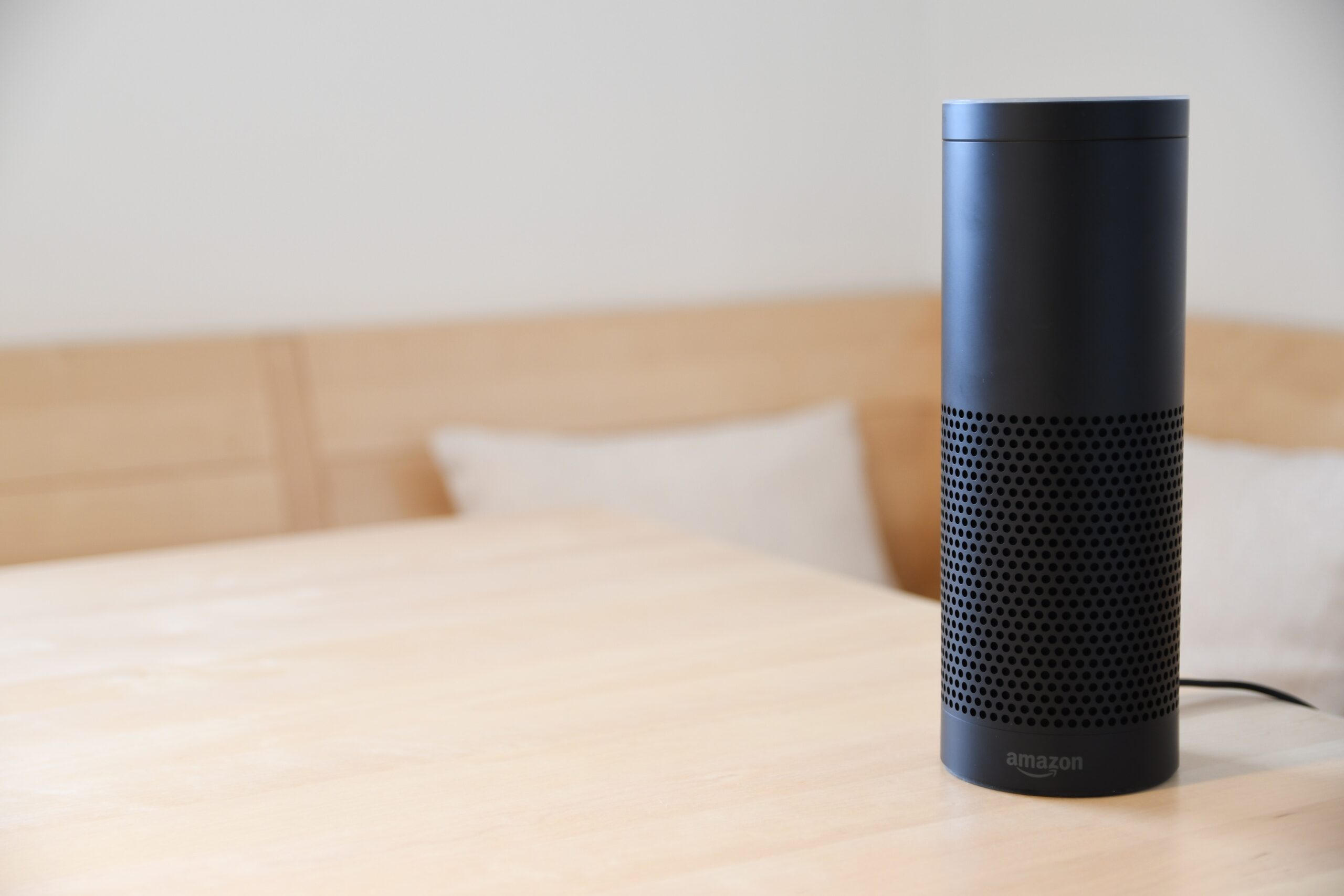Investment vs. Long-term Savings: The Smart Home Perspective
When diving into the world of smart home technology, the prevailing question is often about investment: “Is this worth the cost?” The answer, more often than not, is found in understanding the difference between immediate investment and long-term savings. In this guide, we will discuss the long-term benefits and savings associated with smart home devices, and why they make for a wise investment.
Table of Contents
- Understanding the Initial Investment
- Projected Long-Term Savings
- Top Devices that Offer the Best ROI
- Tips for Maximizing Savings
- Final Thoughts
1. Understanding the Initial Investment
Smart home devices, from smart thermostats to intelligent lighting systems, usually come with an upfront cost. This initial investment can sometimes deter homeowners. However, by focusing on the bigger picture – longevity, efficiency, and future savings – it becomes evident that these devices can be worthwhile.
Key Factors to Consider:
- Quality: High-quality devices tend to last longer and offer better performance.
- Integration: Ensure devices integrate well with your current system or other devices.
- Reputation: Check reviews and ratings to ensure you’re buying from a trusted brand.
2. Projected Long-Term Savings
Over time, the majority of smart home devices can lead to significant savings. Here’s how:
- Energy Efficiency: Devices like smart thermostats adapt to your habits, saving energy and, in turn, reducing utility bills.
- Maintenance Alerts: Devices can notify homeowners of potential issues, preventing costly repairs.
- Insurance Discounts: Many insurance companies offer discounts for homes equipped with smart security systems.
3. Top Devices that Offer the Best ROI
When considering where to invest, it’s wise to start with devices that offer the most tangible savings:
- Smart Thermostats: By learning your habits and adjusting automatically, they can save up to 10-20% on heating and cooling costs.
- Intelligent Lighting: By using energy-efficient bulbs and adaptive systems, savings can be as much as 15% on electricity bills.
- Smart Water Heaters and Monitors: These can optimize water heating and prevent costly leaks.
- Security Systems: While they offer peace of mind, they can also lead to insurance discounts.
4. Tips for Maximizing Savings
To truly harness the potential of your smart devices:
- Regular Updates: Ensure your devices’ software is always updated for peak performance.
- Integration: Link devices for a cohesive system, e.g., integrating your smart blinds with your thermostat.
- Education: Understand the features of your device and use them to your advantage.
- Monitor and Adjust: Regularly review energy and usage reports and adjust settings if needed.
5. Final Thoughts
Seeing smart home devices as an investment rather than just a purchase is a paradigm shift. By understanding the potential long-term savings, homeowners can make informed decisions that benefit them for years to come. Here at smart-home-device.com, we aim to guide you through these decisions, making your home smarter and more efficient.
